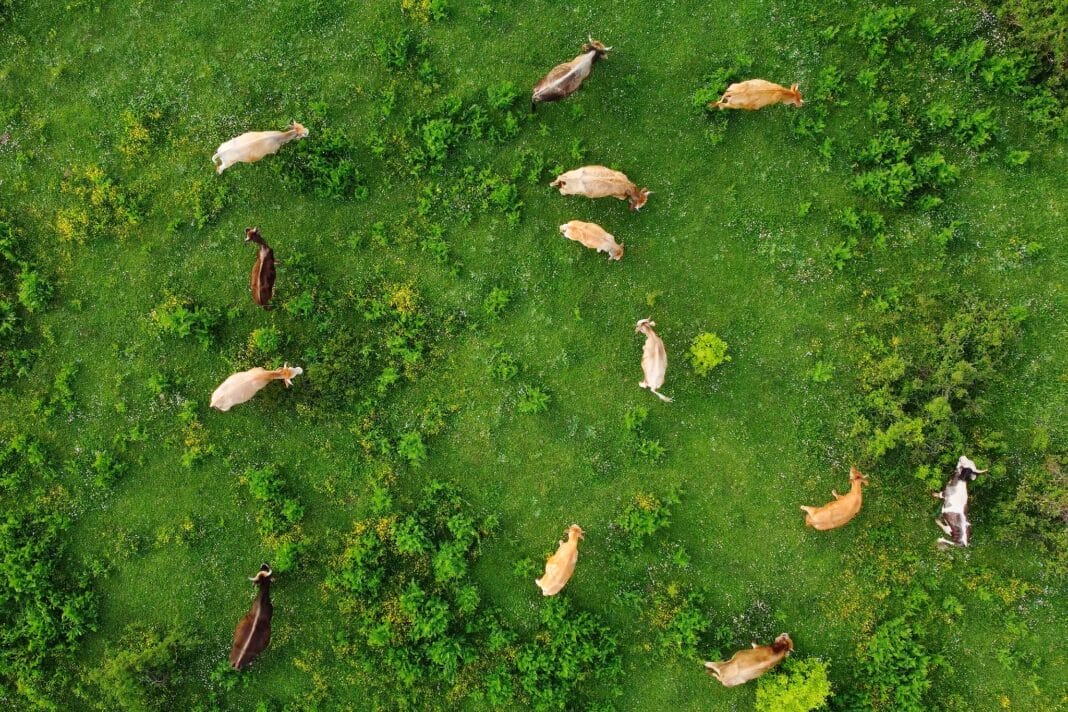Flying drones has become a popular hobby and an essential tool for wildlife photographers, researchers, and nature enthusiasts. While drones offer a unique perspective on wildlife and natural landscapes, it’s crucial to handle them responsibly to avoid disrupting the habitats or endangering the animals. This article provides guidelines on how to fly your drone safely around wildlife.
Understanding the Impact of Drones on Wildlife
The Significance of Drones in Wildlife Exploration
Drones have revolutionized the way we explore and document wildlife. They offer unprecedented access to otherwise hard-to-reach areas, allowing for detailed study and observation without immediate physical presence. This capability has enhanced data collection for research, conservation efforts, and even entertainment through captivating wildlife photography and videography.
Potential Dangers of Drone Disturbance
Despite their benefits, drones can pose significant disturbances to wildlife. The noise and presence of drones can stress animals, especially during sensitive periods like mating, nesting, or migration. Ground-nesting birds, for instance, might abandon their nests due to perceived threats, leading to increased mortality of eggs or chicks. Large mammals might display signs of distress or aggression, leading to potential harm for both the animals and the drone operator.
Best Practices for Flying Drones Around Wildlife
Pre-Flight Preparations
Research and Understand Local Wildlife
Before flying your drone, research the area you plan to explore. Understand the types of animals that inhabit it, their behavioral patterns, and their sensitivity to disturbances. Familiarity with local wildlife and their schedules — such as breeding seasons or nesting periods — can help in planning your drone flights to cause minimal disruption.
Check Regulations and Obtain Necessary Permits
Ensure compliance with local and federal regulations regarding drone use. Many areas, especially wildlife reserves and national parks, have strict rules about drone flights due to their potential impact on wildlife. Acquiring the necessary permits and understanding these regulations is essential to avoid fines and contribute positively to conservation efforts.
During-Flight Practices
Maintain a Respectful Distance
Always keep a safe distance from wildlife. Approaching too closely can trigger stress responses in animals. The specific distance can vary depending on the species, but as a general rule, maintain at least 100 meters away from birds and other sensitive species.
Keep Noise Levels Low
Most drones produce significant noise, which can disrupt wildlife. Fly your drone at lower RPMs to reduce noise pollution. Additionally, consider using drone models specifically designed to be quieter if regularly operating in wildlife-rich environments.
Be Mindful of Flight Patterns
Avoid erratic movements that might startle animals. Fly smoothly and steadily, simulating natural movement patterns that are less likely to be perceived as predatory or threatening by wildlife.
Post-Flight Considerations
Respect Privacy and Habitat
Review and share footage responsibly, ensuring that it does not reveal sensitive wildlife locations that might attract poachers or lead to habitat degradation.
Share Insights with Conservationists
Consider sharing your observations and footage with conservation groups. Your findings can contribute to scientific research and conservation efforts, aiding in the protection of the ecosystem.
Ethical Considerations for Wildlife Protection
Prioritizing Animal Welfare
The impact of drones on wildlife welfare should never be underestimated. Always prioritize the well-being of wildlife over obtaining footage or photographs. If an animal shows signs of distress, retreat and reassess your approach.
Educating Others
By educating fellow drone enthusiasts and the public about responsible flying, you can help foster a community dedicated to protecting wildlife while enjoying the benefits of this technology. Promote awareness through social media, local nature groups, or drone-flying clubs.
Flying drones around wildlife can be an enriching experience when done with respect and consideration. By adhering to guidelines and practicing ethical flying, you can minimize the impact on wildlife, contributing to their conservation while enjoying your passion. Remember, the well-being of the animals and their habitats should always be the top priority when operating drones.



